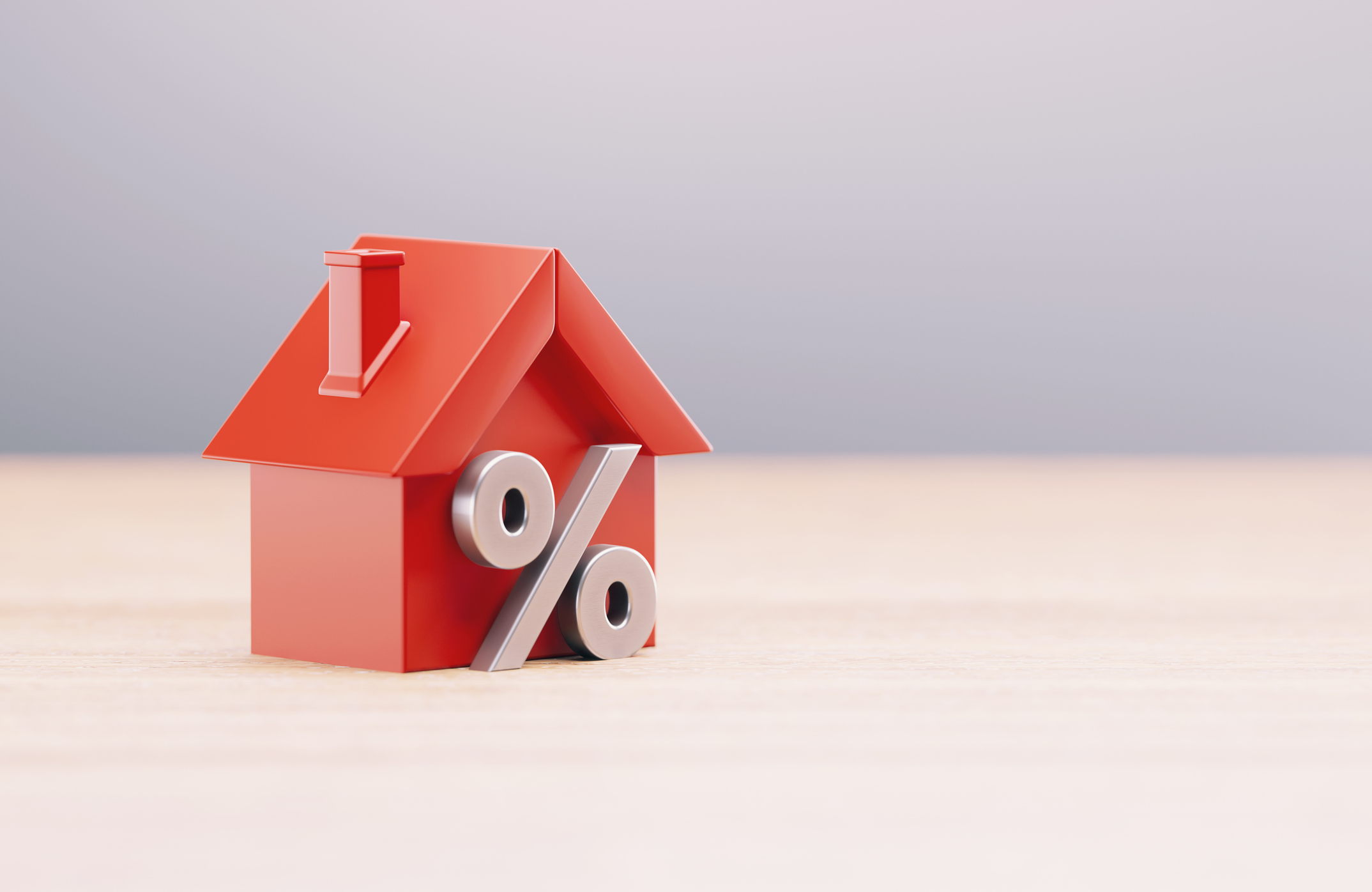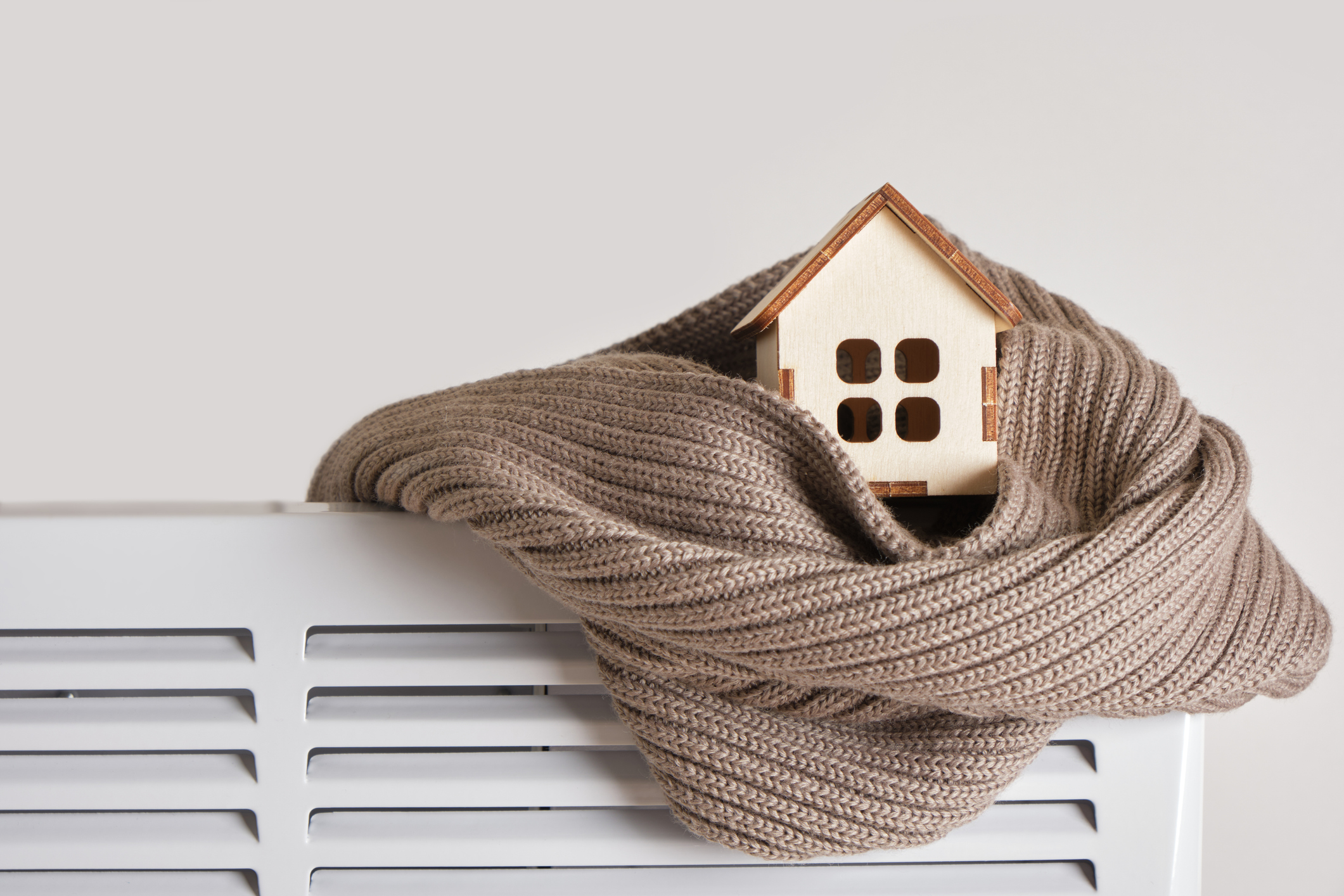Selling Your Vacation Home? Watch Out for These Tax Surprises
Although you may enjoy a sizable profit, Uncle Sam will take a share.


When Aimee LaMont and her husband, Ray Struble, sold their rental house in Fairfax, Va., they got a six-figure surprise from their accountant.
“We got a good-size tax bill,” says LaMont. And how: They paid about $172,000, she says.
Given the growth in home prices, you, too, could pay big taxes on your gains, especially if you sell a home that isn’t your primary residence.
From just $107.88 $24.99 for Kiplinger Personal Finance
Become a smarter, better informed investor. Subscribe from just $107.88 $24.99, plus get up to 4 Special Issues

Sign up for Kiplinger’s Free Newsletters
Profit and prosper with the best of expert advice on investing, taxes, retirement, personal finance and more - straight to your e-mail.
Profit and prosper with the best of expert advice - straight to your e-mail.
The median U.S. home sale price — half of sales were higher, half were lower — was $419,200 in the fourth quarter of 2024, up 28% over the past five years and up 40% over the past 10 years, according to data from the Federal Reserve Bank of St. Louis.
If you’re selling your second home, be sure to hold back some of your profits so that you have enough cash to pay the tax bill.
Below, we outline four surprises to prepare for, as well as tips to lower (or defer) your tax liability.
Surprise No. 1: No capital gains exclusion
When you sell your primary residence, you get a huge tax break. Couples filing a joint return can exclude $500,000 of the gain from taxes, while single filers can exclude $250,000.
You don’t get that tax break for a vacation home. You’ll pay federal and state capital gains taxes on your entire profit. (If the home is in another state, you may wind up paying taxes in both states.) The same is true for a rental property.
Federal capital gains tax ranges from zero to 20%. High earners — single filers with modified adjusted gross income (MAGI) of $200,000 or more and couples filing jointly who have MAGI of at least $250,000 — could end up paying an additional 3.8% net investment income tax.
Let’s say that you bought your vacation home for $250,000 and sold it 10 years later for $850,000. You’d owe capital gains taxes on your $600,000 gain. Uncle Sam’s 20% cut would be $120,000. Ouch.
Flippers, beware: These are long-term capital gains rates, which apply only if you’ve owned the property for more than a year. If you’ve owned your property a year or less, your gain will be taxed as ordinary income, which can be as high as 37%.
Surprise No. 2: Digging up old files
You’ll need some records from the entire time you owned the house. Why? Because you can deduct the cost of major improvements you’ve made over the years.
“Things have to be general improvements — a new kitchen, bathroom, things like that,” says Michael Hansen, a certified financial planner in Walnut Creek, Calif.
To get those deductions, you’ll need to document your improvements. Otherwise, the IRS could disallow your deduction.
It’s worth the hassle. Let’s look at that home you bought for $250,000 and sold for $850,000. Say you had built a $40,000 addition and replaced the roof for $20,000. You can add those costs to your cost basis, reducing your capital gains tax.
In this case, your cost basis would rise by $60,000, from $250,000 to $310,000 — and that would lower your tax bill to $108,000.
Surprise No. 3: Tax on depreciation
If you have rented your vacation home, you can typically get an annual deduction for depreciation — basically, wear and tear on the building.
Real estate is depreciated over 27.5 years. This applies only to dwellings, not land.
If you paid $250,000 for just the house, you’d get a deduction for $9,091 a year for the time you’ve owned it, up to 27.5 years. Not bad, right?
It’s not bad, that is, until you sell it. You’ll have to pay income taxes on your depreciation (capped at 25%) when you sell.
So, if you claimed $50,000 of depreciation over the years, you’d pay ordinary income tax, up to 25%, on $50,000.
Surprise No. 4: Medicare surcharges
A big gain on your real estate could make your Medicare Part B premium and your Medicare Part D prescription-drug premium much larger, thanks to the income-related monthly adjustment amount (IRMAA).
Your IRMAA payment depends on your income, and the higher your income, the higher your Medicare Part B and Part D payment, says Nicholas Bunio, a financial planner in Downingtown, Pa.
The profit from your home sale will be included in your income calculation for purposes of IRMAA. So you’ll not only have more income from the sale of the house, but you’ll also likely have higher Medicare premiums.
A peculiarity of IRMAA is that it looks back at your returns from two years ago, not your current income.
Here’s an example for the 2025 tax year: Suppose you’re 65, filing singly, and have $100,000 in income.
Had you sold your vacation home in 2023 for a $600,000 profit, your IRMAA would tack on $443.90 a month to your Medicare Part B payment and an additional charge of $85.80 to your Part D premium. Both premiums are deducted from your Social Security check.
Fortunately, the payment is adjusted each year depending on your income two years prior, so you probably won’t have to pay the Medicare surcharge in the 2026 tax year.
How to reduce your tax liability
There are few ways to escape capital gains taxes on your vacation home. However, you can defer or reduce them.
For example, if you were thinking about downsizing, consider selling your current house and moving into your vacation home. If you live in your vacation home for two years out of five, you’ll get the same tax breaks you’d get if you sold your primary home.
If you have a rental property, you might consider a 1031 exchange, which lets you swap properties tax-free with someone who has a property of about the same price. This will let you sidestep the tax on your current home gains and defer them to the future.
The drawback: You must keep your new property for at least two years. Otherwise, you may be liable for the capital gains tax you were trying to sidestep — you’re just deferring taxes, not eliminating them.
And if part of your decision to sell your property is because you were tired of fixing the plumbing and chasing raccoons out of the attic, owning another property through a 1031 exchange won’t necessarily help.
Although paying a honking big tax bill is no fun, in most cases you’ll still have a pretty large chunk of change after you sell your vacation home.
And you won’t have to spend any more time evicting deadbeat renters (or raccoons) from it. Just make sure that you’re prepared for a bit of a shock at tax time.
Note: This item first appeared in Kiplinger Personal Finance Magazine, a monthly, trustworthy source of advice and guidance. Subscribe to help you make more money and keep more of the money you make here.
Related Content
Profit and prosper with the best of Kiplinger's advice on investing, taxes, retirement, personal finance and much more. Delivered daily. Enter your email in the box and click Sign Me Up.

-
 The Rule of Compounding: Why Time Is an Investor's Best Friend
The Rule of Compounding: Why Time Is an Investor's Best FriendDescribed as both a "miracle" and a "wonder," compound interest is simply a function of time.
-
 4 Great Tools to DIY Your Own Financial Plan
4 Great Tools to DIY Your Own Financial PlanSmart Savings Several tools picked out by Kiplinger that DIYers can use to make their own financial plan.
-
 The 7-Month Deadline That Sets Your Lifetime Medicare Premiums
The 7-Month Deadline That Sets Your Lifetime Medicare PremiumsUnderstanding Medicare enrollment is crucial, as missing deadlines can lead to permanent late enrollment penalties and gaps in coverage.
-
 4 Strategies for Older Adults to Cut Property Taxes
4 Strategies for Older Adults to Cut Property TaxesBefore you settle your next property tax bill, make sure you're taking full advantage of these tax breaks for older homeowners across the US.
-
 5 Simple Fixes to Save on Heat Bills This Winter
5 Simple Fixes to Save on Heat Bills This WinterWith fuel prices expected to rise 10% or more this winter, making your home more energy efficient will really pay off.
-
 Credit Score News Could Help First-Time Homebuyers
Credit Score News Could Help First-Time HomebuyersLenders who sell mortgages to Fannie Mae and Freddie Mac used to only be able to use FICO for loan qualification. Now there's VantageScore, owned by the three major credit bureaus.
-
 Four Military Benefits That Have Helped My Family
Four Military Benefits That Have Helped My FamilyMilitary life can be challenging for servicemembers and their families, but they're offered some significant financial benefits to help cushion the blow.
-
 Protect Your Retirement From Extreme Weather Events
Protect Your Retirement From Extreme Weather EventsA rising tide of storms, fires, and heat is impacting retirees. Here's what you can do about it.
-
 To Downsize or Not to Downsize? That is the Retirement Question
To Downsize or Not to Downsize? That is the Retirement QuestionWhere to Retire For some retirees, a bigger home is better.
-
 A New Guide to Choosing Where to Retire
A New Guide to Choosing Where to RetireWhere to Retire A comprehensive guide to deciding where is the best place for you to retire.
-
 Watch Out for These Travel Scams This Summer
Watch Out for These Travel Scams This SummerIdentity Theft These travel scams are easy to fall for and could wreck your summer. Take a moment to read up on the warning signs and simple ways to protect yourself.